Metz is a city in France with an incredibly rich military history. From its Roman roots as Divodurum to becoming a formidable fortress city in the 1930s. Its strategic significance endured through the medieval period and was witnessed during the intense Battle of Lorraine in WW2.
This article will discuss Metz’s military past, from its formation during the Roman era to its more recent role in World War II. We’ll explore how the city has changed and evolved over time, and delve into its many battles and periods of strategic importance. From castle walls to forts, come join us as we discover the fascinating history of Metz!
Metz and Its Rich History
Metz is a city that boasts a rich and varied history, dating back to ancient Roman times. Today, visitors can explore the stunning architecture and ancient ruins that speak to this city’s past. From the impressive Gothic Saint-Stephen Cathedral to the fortifications and citadel that once played key roles in defending the city, Metz is a treasure trove of historical landmarks and artifacts.
Beyond the tangible monuments, Metz is a city with deep cultural roots, home to museums and galleries that showcase art and traditions from many different eras and regions. Whether you’re interested in ancient civilizations, medieval architecture, or contemporary art, Metz has something to offer. With so much to discover and learn about this vibrant city’s history, it’s easy to get swept up in the enthusiasm of exploring everything it has to offer.

The Roman Era: Divodurum, the Town at the Holy Mountain
The Roman Era has left a lasting impact on the world, and one example of this is Divodurum, the town at the Holy Mountain in Metz. This strategically located town was important for its military significance, as it provided a key location for the Roman Empire to control the region. The town is situated at the foot of a holy mountain, which provided a sacred atmosphere for the residents.
Today, visitors can explore the ruins of the town, including its fortified walls and gates, as well as the ruins of its famous temple. The architecture of Divodurum provides a wonderful window into the past, allowing us to glimpse the daily life of its citizens and the incredible military might of the Roman Empire. Anyone with an interest in history should definitely visit this unique and fascinating site.
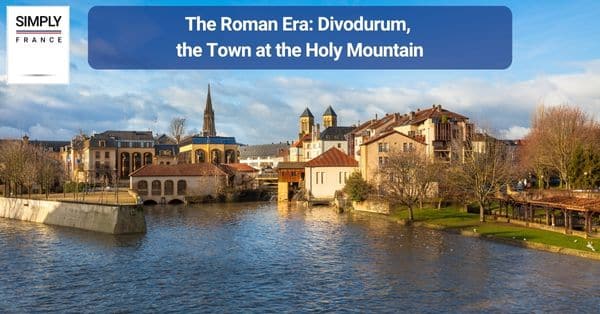
Early Growth of Metz in the 2nd Century AD
As one of the oldest cities in France, Metz boasts a captivating military history that dates back centuries. Among its pivotal periods is the early growth in the 2nd century AD, which shaped the city’s significance as a strategic military hub.
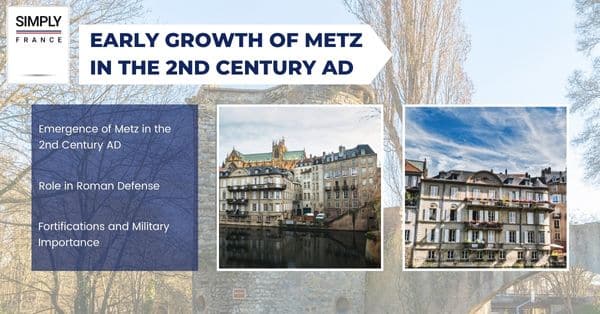
Emergence of Metz in the 2nd Century AD
During the 2nd century AD, it emerged as a powerful city with 40,000 inhabitants – larger than Lutetia (Paris). Located at the crossroads of two Roman military roads, Reims-Strasbourg and Trier-Lyon, this strategic location allowed Metz to become a fortress city, becoming the headquarters of the Celtic Mediomatrici tribe. Its impressive architecture and fortifications were built during this period to protect the people, setting it apart from other cities in France and providing an important strategic advantage to its military forces.
Role in Roman Defense
Metz’s strategic position made it an ideal base for the Roman army, offering protection from external threats. The city was surrounded by a series of fortifications and walls to protect it from hostile forces and provide defense for its citizens.
Its strong location also enabled Metz to serve as a checkpoint along the border, helping to prevent any invaders or enemy forces from entering the Roman Empire. This allowed the Romans to maintain a powerful presence in the region and build one of the most impressive fortifications in Europe at the time.
Fortifications and Military Importance
Metz’s impressive fortifications were vital to its military importance during the Roman era. This system of walls and citadels provided protection against foreign forces, as well as offering a strategic base from which the Roman army could launch attacks.
The defensive nature of these structures meant that Metz was able to maintain its strategic position in the region and provide a key location for troop deployment during battles. This made the city an important asset to the Roman military, and its fortifications still stand today as a reminder of this powerful history.
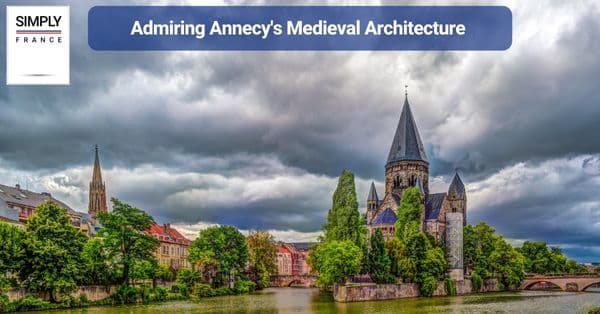
Medieval Period: A Strategic Position for Military Power
During the Medieval Period, Metz emerged as a city of great military significance due to its strategic position. Situated at the crossroads of major trade routes and guarding vital river passages, Metz became a formidable fortress city.
Its elevated position on a plateau and surrounded by defensive walls rendered it a challenging target for potential invaders. This advantageous location allowed Metz to wield considerable military power, making it a crucial stronghold for protecting territories and exerting influence over the surrounding regions during this pivotal historical era.
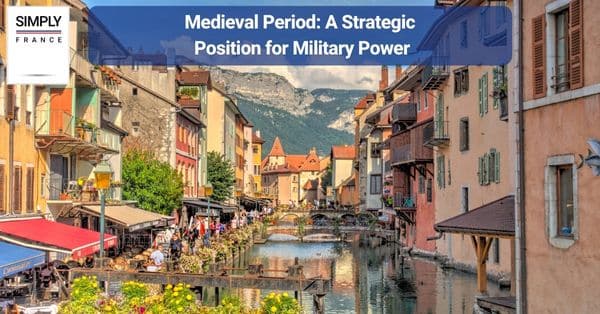
Metz Becoming a Fortress City During the 1930s
During the 1930s, Metz, strategically located in northeastern France, underwent a transformation into a formidable fortress city in response to mounting geopolitical tensions and the threat of war. Recognizing the need to safeguard its borders and defend against potential invasions, the city embarked on extensive military preparations.
Metz’s defensive measures included constructing a complex network of fortifications, integrating into the famous Maginot Line, and reinforcing its strategic positions. The city’s transformation into a fortress symbolized France’s determination to protect its sovereignty and serve as a strong deterrent against aggression during a tumultuous era.
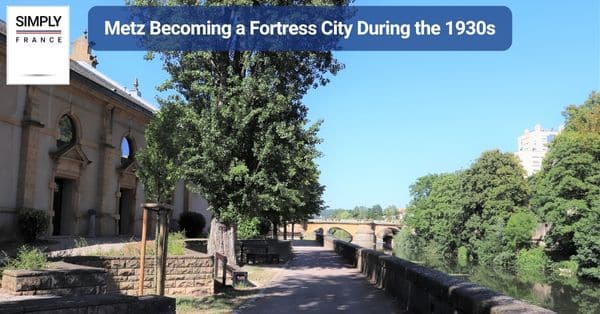
WW2: Metz and It’s Battle of Lorraine
During World War II, Metz, a strategic city in northeastern France, found itself entangled in a pivotal conflict known as the Battle of Lorraine. This momentous battle marked a critical chapter in the city’s military history and left an indelible impact on its residents and landscape.
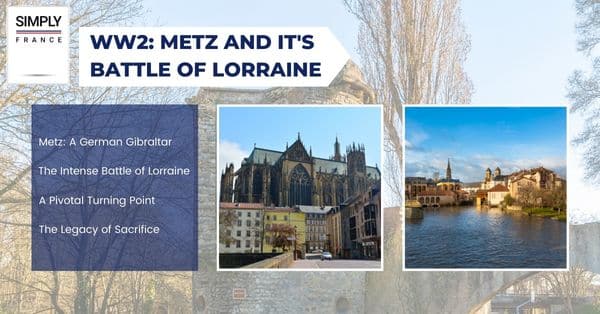
Metz: A German Gibraltar
During the Battle of Lorraine, Metz was referred to as the ‘German Gibraltar’ due to its strategic importance and invulnerability. It was considered one of the strongest fortresses in Europe at the time, which made it a crucial stronghold for Nazi Germany in its campaign against France.
Despite numerous attempts by allied forces to break through Metz’s defensive lines, they were unsuccessful, and the city ultimately remained under German control for the duration of the war. To this day, Metz proudly remembers its role in WW2 as a powerful symbol of strength and resilience.
The Intense Battle of Lorraine
The Battle of Lorraine was an intense and decisive conflict during World War II, with Metz at the center. Allied forces sought to break through Metz’s strong defensive lines but were ultimately unsuccessful, resulting in the city remaining under German control for the duration of the war.
The battle had a significant impact on Metz and its citizens, leaving behind a legacy of strength and resilience that is still felt today. This crucial event in the city’s history serves as a reminder of the power of Metz to withstand great adversity and come out victorious.
A Pivotal Turning Point
The Battle of Lorraine was a pivotal turning point in Metz’s military history, marking a decisive victory for Nazi Germany. Despite the intensity of the battle and the Allied forces’ numerous attempts to break through, Metz remained invulnerable and served as an important stronghold for German power.
This event serves as an enduring reminder of this city’s strength and resilience and has left an indelible mark on its citizens and landscape. The legacy of the Battle of Lorraine will live on in Metz forever, shining a light on this city’s unique military history and inspiring pride for generations to come.
The Legacy of Sacrifice
The sacrifice of Metz’s citizens during World War II will not be forgotten. Despite the intensity of the battle and its devastating consequences, their courage and resilience served as a powerful symbol of hope for generations to come. The legacy of these brave individuals is etched in every stone of Metz’s fortifications and monuments, reminding us all to never forget this city’s incredible sacrifice and strength in the face of adversity.
From its ancient Roman roots to its many battles, Metz’s military history is an integral part of this vibrant city’s unique identity. We must respect and remember the courage of those who fought so hard for our freedom. May we never forget their legacy.
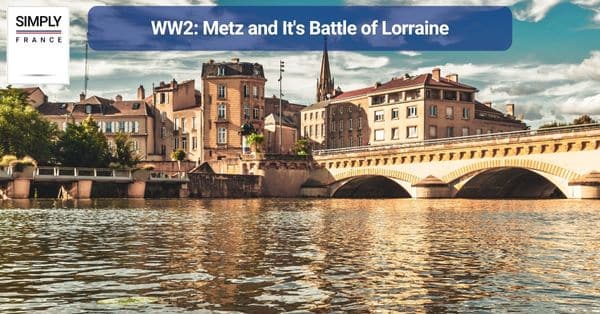
In conclusion
Metz is a city that has seen much military conflict over the centuries, from its Roman roots to its strategic importance during World War II. Its fortifications and monuments stand witness to this turbulent past, offering an insight into the courage and resilience of Metz’s citizens.
By exploring Metz, we can gain a greater appreciation for this vibrant city’s rich history and the military sacrifices that have been made throughout its long and storied past. In Metz, we can honor those who fought for our freedom and commemorate their legacy with pride. May we never forget them.


